Analysis
Big Bacon Fails to Get a Bid as Sotheby’s $204 Million London Contemporary Art Sale Misses Target
By playing safe, Sotheby’s may have missed a trick.
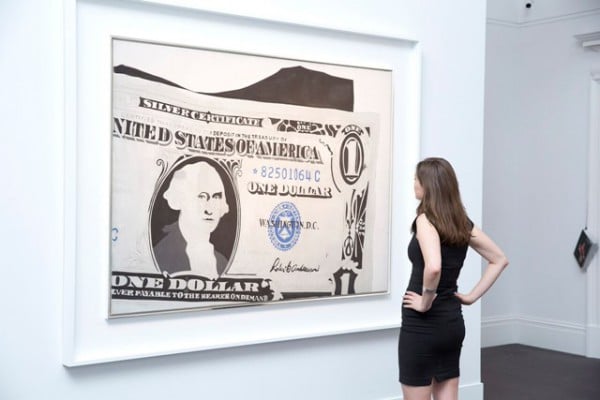
By playing safe, Sotheby’s may have missed a trick.

Colin Gleadell

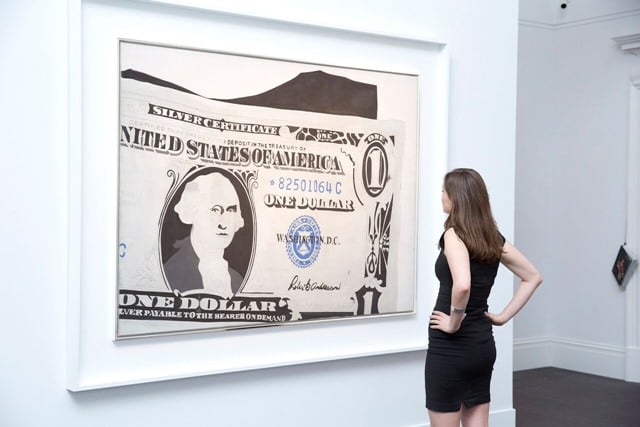
Sotheby’s supplied the climax to the summer’s contemporary art sales season in London with a 58 lot sale estimated at £142/202 million—the highest pre-sale estimate yet for a contemporary art auction in London. However, four of its top lots were unsold, and the sale made £130.4 million ($204.7 million). The total, though, was still the highest contemporary sale for Sotheby’s in London.
Highest hopes were pinned on Francis Bacon’s Study for a Pope 1, once owned by the German playboy who courted Brigitte Bardot, Gunter Sachs, who sold it for a record $10 million 10 years ago when it was bought for a client by the Dickinson Roundell partnership. Last year the client sold it privately through Christie’s and it was now believed to have been consigned for sale with an estimate of £25/35 million by one of the Cingillioglu family of Turkish bankers, members of whom sit on the boards of both Sotheby’s and Christie’s. However, not everyone was convinced it was the greatest pope painting, and it sunk without a bid. At least Sotheby’s had not guaranteed it.
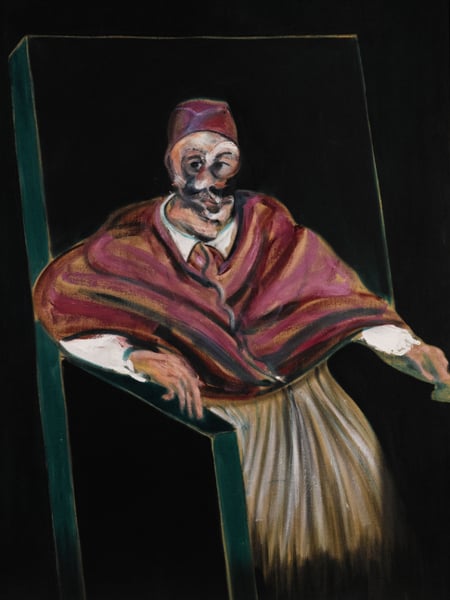
Francis Bacon, Study for pope I
Photo: courtesy Sotheby’s
Two other Bacons had come from the heirs of discreet Belgian collector, Jacques Casier. A single self-portrait sold for a top estimate £15.3 million while a triptych of small self-portraits, not considered in the same league, sold within estimate for £14.7 million—three for the price of one, as it were.
The other main collection consisted of eight paintings of dollar signs and bills by Andy Warhol, Keith Haring, and others. Most prized of these was Warhol’s first and only hand painted dollar bill of 1962 which was estimated at £13/15 million and sold for £20.9 million. Alex Branczik of Sotheby’s, who took the winning bid on this lot, said demand for paintings in the collection came from all over the world, including Asia, though he would not confirm whether or not he was bidding on this for an Asian buyer. The underbidder was dealer, Gerard Faggionato, who recently joined the David Zwirner gallery as a director.
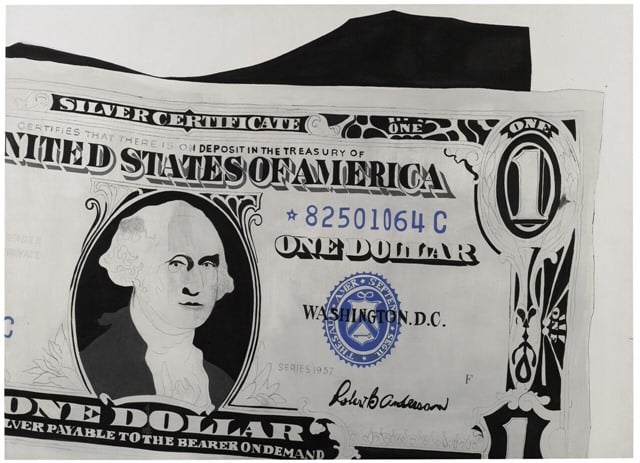
Andy Warhol, One Dollar Bill (Silver Certificate), (1962)
Photo: courtesy Sotheby’s
Other dollar sign buyers were dealer, Larry Gagosian, who bought a rare 1981 silkscreen with 20 dollar signs on it for £6.9 million, near the top estimate, and outbidding Jose Mugrabi who went on to buy a single, multi-coloured image near the low estimate for £4.4 million. Mugrabi also underbid on a small yellow Warhol dollar sign that sold to an online bidder for £545,000, and a small red one, that sold to a phone bidder for £509,000, both double their mid estimates. As an indication of how these plain dollar sign paintings have increased in value, the latter ($799,300 in dollar terms) was bought in 1998 for $24,200.
The dollar bill works were a slightly different story. One 1986 dollar bill collage, bought in 2006 for $150,000 sold below estimate for £125,000 or $196,300—only a slight mark-up percentage wise. Two much larger dollar bill works from 1962 found no buyers with estimates from £5 million to 18 million. Moving on from Warhol, Tim Noble and Sue Webster’s 2001 light bulb sculpture in the shape of a dollar had cost £240,000 at auction in 2007, but their resale market has slipped, and it now sold for £112,500. All told, the collection made £34.3 million, with more dollar-inspired art to come in the day sale.
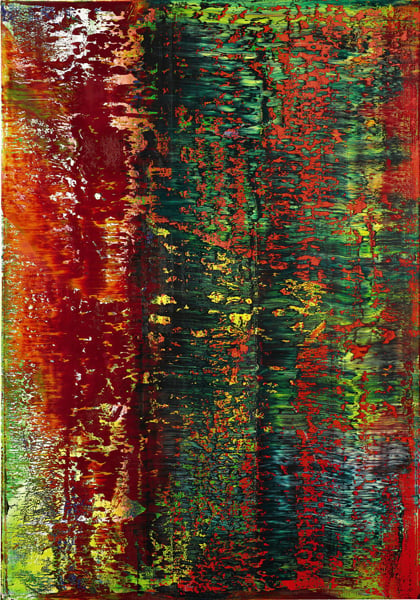
Gerhard Richter, A B, Brick Tower (1987)
Photo: courtes Sotheby’s
After the set-backs for the Richter market the previous night at Christie’s, Sotheby’s offered three more. A 1968 cityscape, Stadtbild M 6, was unsold with a £2 million estimate; a 1964 photo booth style portrait, Portrait Schmela, sold below estimate for £3.3 million; but a succulently coloured, medium sized squeegee abstract, A.B Brick Tower, (1987), from a Swiss collection with a £12/16 million estimate rescued the show. Back in 2001 before the Richter abstract market had taken off, this painting had sold for just $34,000. Since then it has changed hands several times and value by much more as it sold within estimate for £14 million or $22.2 million.
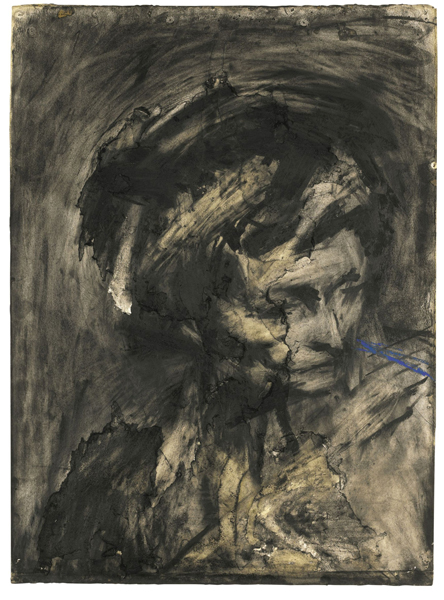
Frank Auerbach, Head of Gerda Boehm, signed and dated 1961.
LOT SOLD. £ 2,221,000
Photo: courtesy Sotheby’s
British art, as always in these sales, had a niche position and saw two new records established. An early, powerful charcoal portrait by Frank Auerbach of the Head of Gerda Boehm, 1961, which had been in the collection of the poet, Stephen Spender, for 50 years, set off a flurry of bids from dealers, Pilar Ordovas, Caroline Schmidt, Offer Waterman, Alex Corcoran, and Chris Eykyn, who eventually won it for £2.2 million over a £250,000/350,000 estimate—a record for a work on paper by the artist. Only one oil painting by him has made more and it was instructive to a see a less successful Auerbach painting, Euston Steps, (1981), pass with no bids near its £900,000 low estimate. More of a disappointment in the British art section was the failure of a large slightly colourless Caribbean hunting scene, Pelican, by Peter Doig,which went unsold with a £6 million low estimate.
The second British record of note was for Portuguese born Paula Rego, whose work is beginning to attract international attention. A pastel, Looking Out, (1997), attracted Asian bidding before selling above estimate for a record £965,000. This was followed by a 1988 acrylic of her most sought after kind, The Cadet and his Sister, pulsating with innuendo, which surpassed estimates and the previous record to sell for £1.1 million.
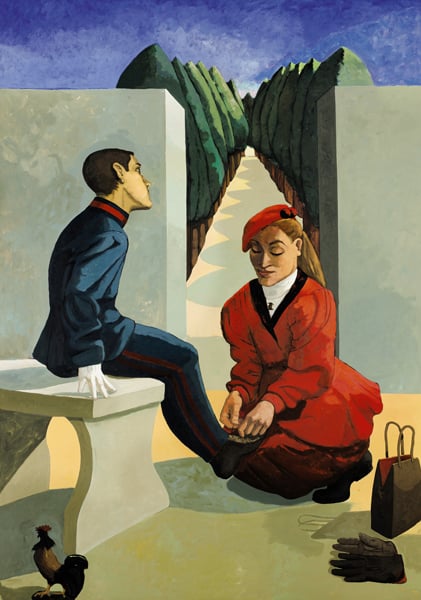
Paula Rego, The cadet and his sister , Executed in 1988.
Lot sold: £ 1,145,000, Auction record for the artist
Photo: courtesy Sotheby’s
Top Italian sale of the night was a low estimate £4.4 million given by Michaela de Pury for a Lucio Fontana with ten cuts. One other bid worth noting was made by Larry Gagosian to buy a quartet of Cy Twombly works on paper, Virgil, (1973), near the low estimate for £1.6 million, outbidding Mugrabi again.
Contending for the best gain of the evening was Andreas Gursky’s large C print, Shanghai, (2000), which sold in the 2009 slump for £289,000 and now doubled the low estimate to sell for £1.1 million.
This was not a sale to appeal to speculators in younger generation artists. The youngest by some way was forty two year-old Seth Price. This was more of a sale for older generation and historical blue-chip artists. But by playing safe, Sotheby’s may have missed a trick. For them it was so nearly a triumph, just £2.5 million short of Christie’s biggest London contemporary sale held in 2012. But the fortnight, at least, belongs fairly and squarely to them.